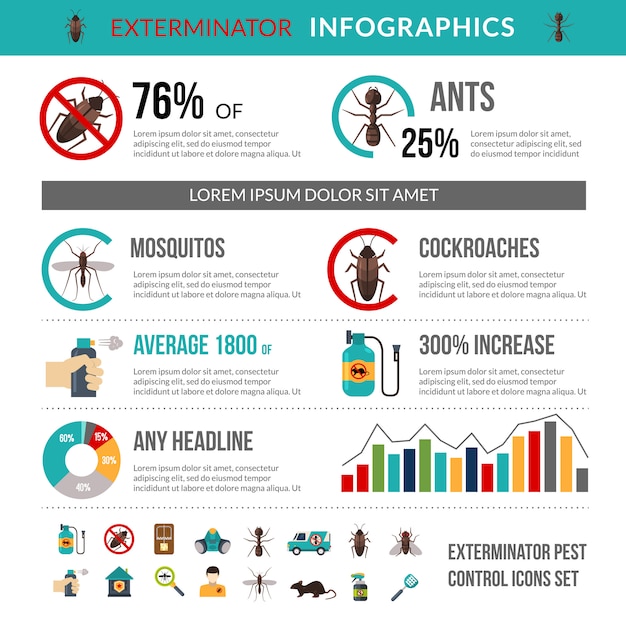Navigating The Globe Of Bed Vermin: Insights From Bug Administration Professionals
Navigating The Globe Of Bed Vermin: Insights From Bug Administration Professionals
Blog Article
Content Composed By-Torres Brewer
Like a silent invasion, bed bugs can sneak into your home, concealing in the darkness and awaiting the excellent moment to strike. Recognizing their life cycle is critical in handling these ruthless parasites, and who much better to turn to for suggestions than the specialists themselves?
In this conversation, you will certainly reveal the secrets of the egg phase, the fairy stage, and the adult phase of bed pests, unwinding the secrets behind their strength and perseverance. Dental braces on your own, since what you will uncover will certainly leave you doubting every little itch and bite.
The Egg Stage
Throughout the egg phase, bed bugs remain in their earliest form, ready to hatch and begin their life process. These little eggs are commonly laid in fractures and gaps near the bed bug's feeding location, such as joints of cushions or furniture. The female bed bug can injure to five eggs each day, which adds up to hundreds in her life time.
The eggs are oval-shaped and about 1mm in length, making them barely visible to the naked eye. They have a sticky finishing that helps them follow surface areas and stay in place. The egg stage lasts about one to 2 weeks, depending on the temperature and other ecological variables.
When the eggs hatch out, the nymphs emerge, beginning their journey towards the adult years.
The Nymph Stage
As the eggs hatch, the recently emerged fairies embark on their trip towards the adult years, marking the start of the nymph phase in the life cycle of bed insects. This phase is essential for their advancement, and recognizing its characteristics can help in managing these insects successfully.
Right here are 3 important things to understand about the fairy phase:
1. Check This Out and Look: Nymphs are little, gauging only about 1.5 mm in size. They're clear, yet after feeding, their bodies transform reddish-brown. As they grow, they shed their exoskeletons, leaving molted skins.
2. Feeding termites in soil : Like grown-up bed pests, nymphs feed on blood. They require to feed numerous times to molt and proceed to the following stage. Nymphs typically feed on humans or animals while they rest, leaving behind scratchy bites.
3. Growth and Reproduction: Nymphs undergo five instars prior to reaching adulthood. Each instar requires a blood dish for development. Once they come to be adults, they can reproduce and proceed the bed insect life cycle.
Comprehending the nymph phase is vital for reliable bed bug control. By targeting the fairies throughout this at risk phase, you can prevent their progression towards their adult years and stop their infestation.
The Grownup Phase
After completing their growth as fairies, bed bugs enter the grown-up stage. At this phase, adult bed pests are around 4-5 mm in dimension and have a level, oval-shaped body that is reddish-brown in color. They have six legs, antennae, and a small head. Grown-up bed insects are completely efficient in replicating and proceeding their invasion. They feed upon blood, preferably human blood, and can endure without a dish for numerous months. They are mostly energetic at night and have a tendency to conceal in cracks, holes, and furniture during the day.
Grown-up women bed insects can injure to 5 eggs daily. These eggs hatch right into fairies in concerning a week. Recognizing the actions and life process of adult bed pests is important in efficiently getting rid of and protecting against problems.
Conclusion
Now that you understand the life process of bed insects, you hold the power to protect your home.
Visualize a peaceful evening's rest, without the torment of these tiny pests.
By acknowledging the indications and taking immediate action, you can protect against invasions and make sure the wellness of your loved ones.
Do not allow these sly bugs invade your shelter.
Keep see page , stay informed, and sleep tight recognizing you're in control.
